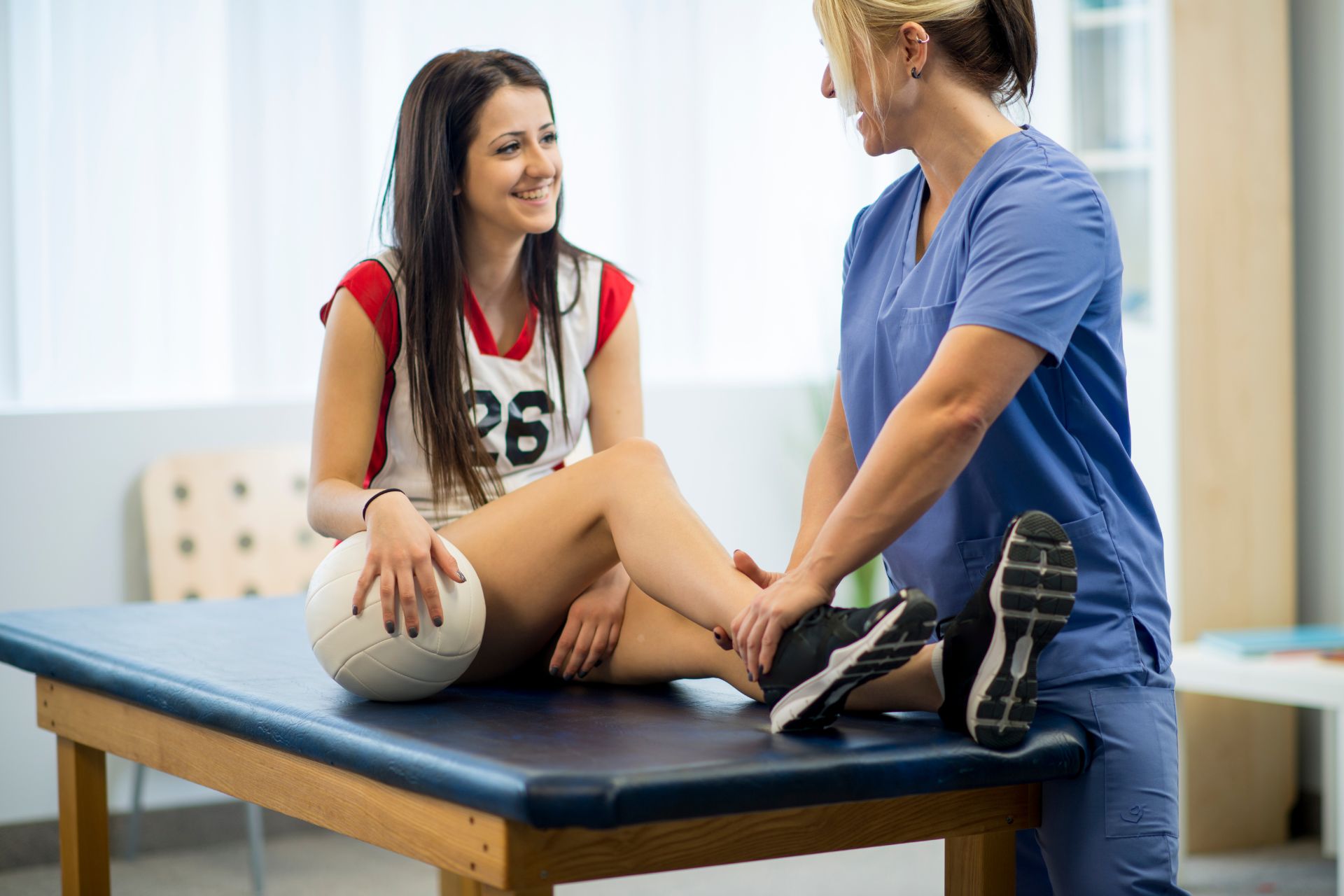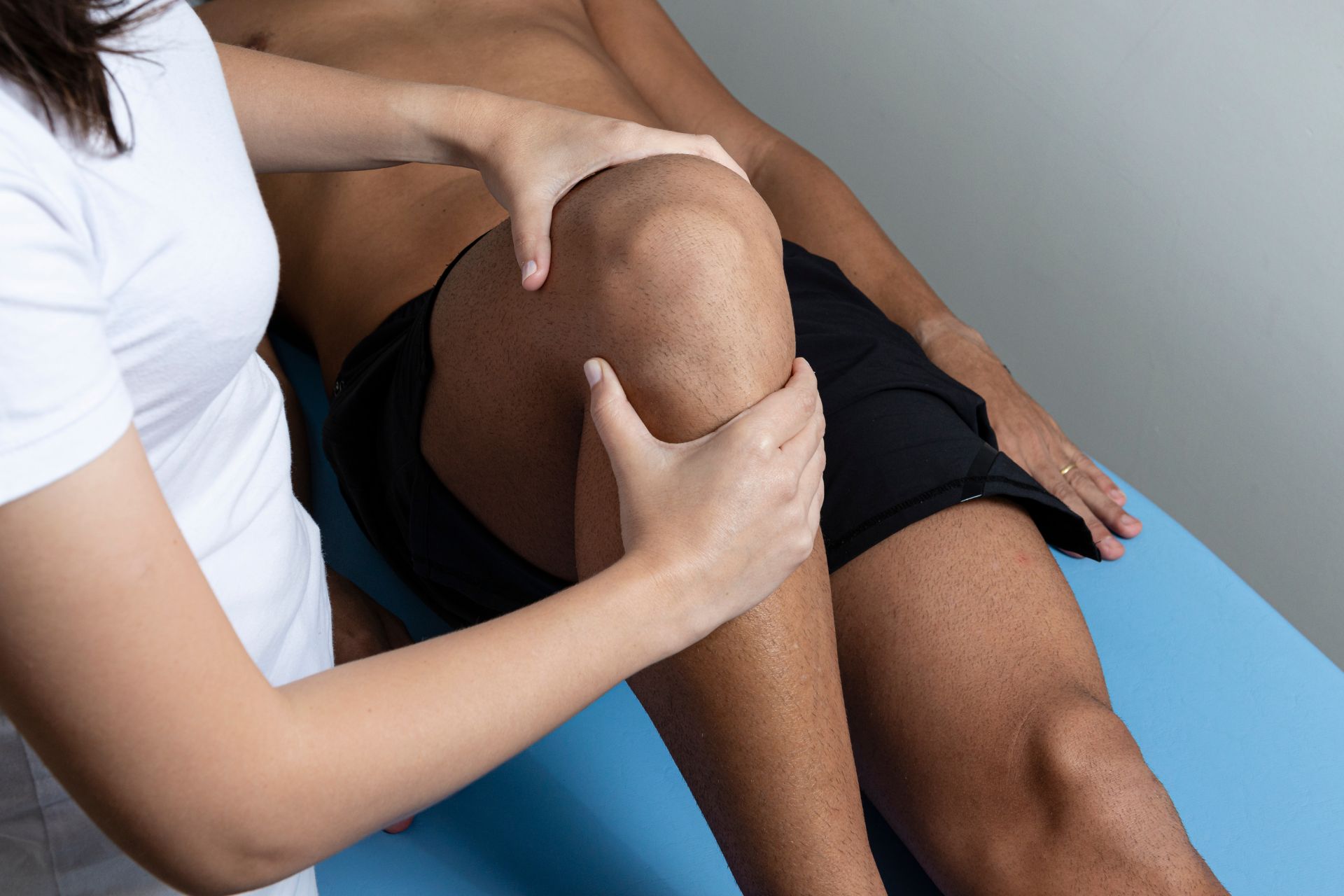Frequently Asked Questions
Platelet-rich plasma (PRP) therapy plays a significant role in the treatment of Achilles tendinopathy among athletes by promoting healing and regeneration within the affected tendon. The procedure involves extracting autologous blood, centrifuging it to concentrate platelets, and then injecting this PRP directly into the degenerated tissue. This concentrated solution is rich in growth factors that stimulate angiogenesis, collagen synthesis, and cellular proliferation, which are crucial for repairing micro-tears associated with chronic overuse injuries like Achilles tendinopathy. As a minimally invasive intervention aimed at reducing pain and enhancing functional recovery, PRP therapy has gained attention for its potential to expedite rehabilitation timelines while lowering reliance on corticosteroids or surgical options. Athletes undergoing this innovative treatment often report improved biomechanical function and decreased symptomatology following multiple sessions of targeted injections combined with tailored physiotherapy protocols focused on eccentric strengthening exercises designed specifically for the Achilles complex.
Eccentric loading exercises have demonstrated significant efficacy in managing patellar tendinopathy, often yielding superior outcomes compared to shockwave therapy. Research indicates that eccentric exercises enhance tendon remodeling through mechanical loading, promoting collagen synthesis and improving tensile strength within the affected patellar tendon. This method effectively addresses pain reduction and functional recovery by progressively increasing load tolerance during controlled movements. Conversely, while shockwave therapy may offer benefits such as analgesia and inflammation reduction via acoustic waves stimulating tissue healing processes, its effects are generally considered adjunctive rather than primary treatment modalities for chronic tendinopathy cases. Consequently, a comprehensive approach integrating both eccentric training regimens—targeting muscle-tendon unit dynamics—and occasional application of shockwave interventions can optimize rehabilitation protocols for individuals suffering from this persistent condition.
Stem cell injections have emerged as a potential alternative to traditional physiotherapy for treating tennis elbow, particularly among competitive players seeking rapid recovery and enhanced performance. This innovative regenerative medicine approach utilizes mesenchymal stem cells derived from adipose tissue or bone marrow, aiming to promote healing of the damaged tendons by reducing inflammation and stimulating tissue regeneration. While conventional treatments such as physical therapy focus on strengthening exercises and manual therapy techniques to alleviate pain and restore function, stem cell therapies offer a more direct mechanism for addressing the underlying pathology associated with lateral epicondylitis. Recent studies indicate that this biologic intervention could decrease downtime significantly compared to standard rehabilitation protocols, making it an appealing option for athletes who require quick return-to-play timelines. However, further research is needed to establish long-term efficacy and safety profiles in comparison with established therapeutic modalities like ultrasound-guided corticosteroid injections or platelet-rich plasma (PRP) therapy in managing chronic cases of tennis elbow within high-performance sports contexts.
Emerging technologies in sports medicine, particularly for diagnosing and treating rotator cuff tendinopathy, increasingly utilize ultrasound-guided techniques that enhance the precision of both assessment and intervention. Ultrasound imaging provides real-time visualization of tendon pathology, allowing clinicians to identify abnormalities such as tears or degenerative changes within the supraspinatus or infraspinatus tendons with remarkable accuracy. Additionally, advancements in musculoskeletal ultrasound facilitate guided injections of corticosteroids or platelet-rich plasma (PRP), targeting areas of inflammation while minimizing damage to surrounding tissues. This approach not only optimizes therapeutic outcomes but also reduces recovery time by promoting better healing responses through precise delivery methods. Furthermore, integrating these imaging capabilities with rehabilitative protocols enables a more tailored treatment strategy that addresses specific biomechanical deficiencies associated with rotator cuff injuries commonly seen among athletes engaged in overhead sports like baseball and tennis.
Nutritional interventions, particularly collagen supplementation, have been shown to play a significant role in enhancing recovery from tendinopathy among elite runners. The bioavailability of hydrolyzed collagen peptides facilitates the synthesis of type I collagen within tendon tissue, which is crucial for restoring tendon structure and function. This process may be further supported by synergistic nutrients such as vitamin C and amino acids that promote collagen formation and enhance extracellular matrix integrity. Research indicates that regular intake of these supplements can lead to improved tensile strength and elasticity in affected tendons, thereby reducing pain associated with overuse injuries common in high-performance athletes. Additionally, the anti-inflammatory properties of certain collagens may help alleviate symptoms linked to chronic degeneration while promoting overall joint health through better hydration and lubrication within synovial fluid dynamics. Consequently, incorporating collagen into an athlete's dietary regimen could significantly aid their rehabilitation protocol by accelerating healing processes essential for optimal performance restoration post-injury.

